The world's most populous countries
The German World Population Foundation announces current world population data every year. We have collected current data for you. Accordingly, the current world population in 2024 is 8,093,241,000. So which are the most populous countries in the world? Come on find out!
1- India (Population 1,412,604,531)
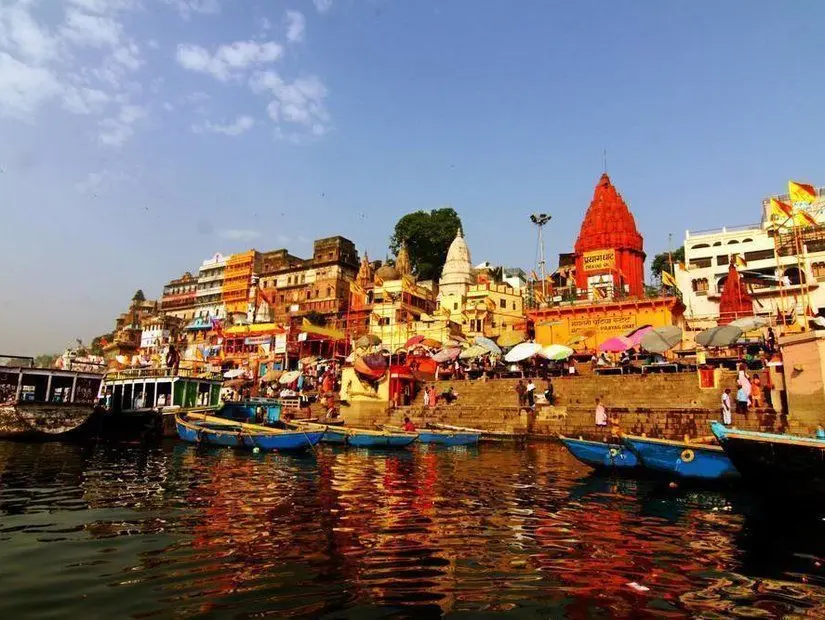 We all know that India is a country with a very large population. So much so that India has now surpassed China as the world's most populous country. With a population of over 1.412 billion, India is the world's most populous country. There is an uncontrolled population growth in India. Thousands of babies are born every day in the country. This is a situation that worries the whole world, especially the Indian administration.
We all know that India is a country with a very large population. So much so that India has now surpassed China as the world's most populous country. With a population of over 1.412 billion, India is the world's most populous country. There is an uncontrolled population growth in India. Thousands of babies are born every day in the country. This is a situation that worries the whole world, especially the Indian administration.
In the past, the method of compulsory sterilization of men was tried to ensure population control, but this method was abandoned when the public was angry about it. Currently, no official policy is being followed to control the country's population.
2- China (Population 1,411,750,000)
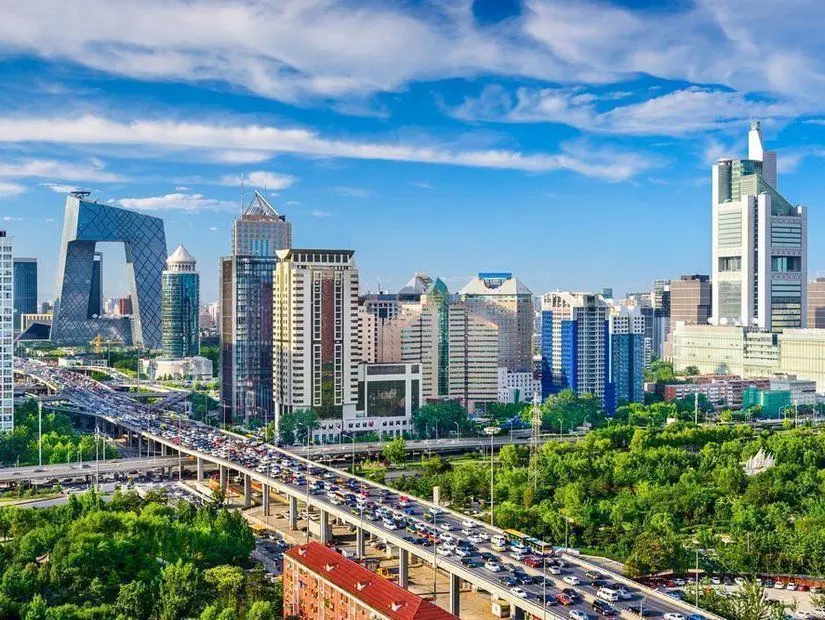 “What is the most populous country in the world?” When faced with the question, most of us would immediately think of China. Until India came to the top. With a population of 1.411 billion people, China left the first place in the list of the world's most populous countries to India. China currently ranks second on the list of the most populous countries. The most populous city of the country is Shanghai, with a population of 25.6 million, which is one of the most important trade cities of the Asian continent and also of the whole world.
“What is the most populous country in the world?” When faced with the question, most of us would immediately think of China. Until India came to the top. With a population of 1.411 billion people, China left the first place in the list of the world's most populous countries to India. China currently ranks second on the list of the most populous countries. The most populous city of the country is Shanghai, with a population of 25.6 million, which is one of the most important trade cities of the Asian continent and also of the whole world.
Of course, the populations of other cities are also quite high. China implemented a one-child policy for many years in order to prevent the increase in this high population density. This policy was stopped by the administration because, in the long run, it increased the rate of the elderly population and caused a loss in the workforce.
3- United States of America (Population 334,233,854)
 The United States is the 3rd most populous country in the world with a population of 334 million people. This population density is, of course, directly proportional to America's surface area of 9,834 million square kilometers. However, there is another very important reason for population growth in America, and that is immigration.
The United States is the 3rd most populous country in the world with a population of 334 million people. This population density is, of course, directly proportional to America's surface area of 9,834 million square kilometers. However, there is another very important reason for population growth in America, and that is immigration.
Since it is one of the most powerful countries in the world, people of many different nationalities from all continents immigrate to America. Immigrants constitute a large part of the population, approximately 45 million. This number is approximately 19% of the world's immigrant population. Almost all cities of the country attract immigrants with the different opportunities they offer, but the city with the highest population density is New York.
4- Indonesia (Population 275,773,800)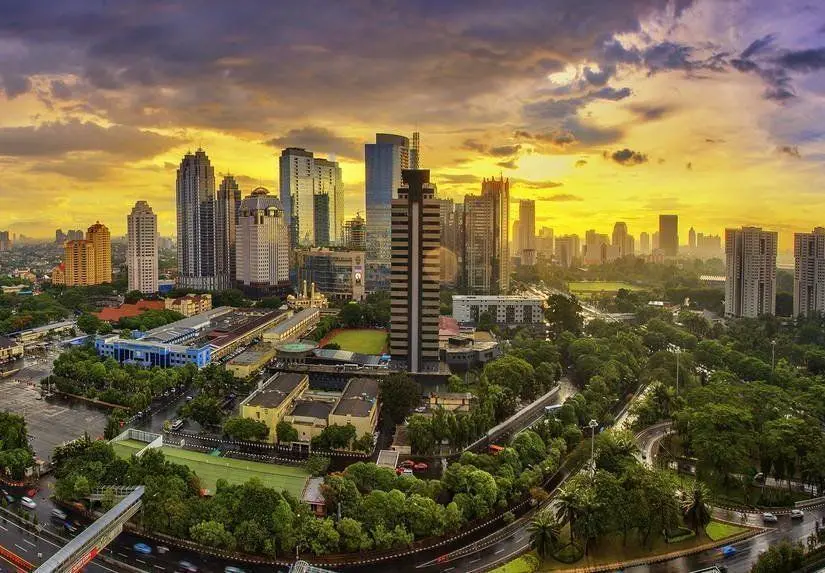 Indonesia, the world's largest island country, is the 4th most populated country in the world with 275 million people. From the 1970s to the 2010s, the population density increased so much that the population doubled in 40 years. In fact, the rate of migration of the Indonesian population to different countries is high, but despite this, the increase in the country's population continues.
Indonesia, the world's largest island country, is the 4th most populated country in the world with 275 million people. From the 1970s to the 2010s, the population density increased so much that the population doubled in 40 years. In fact, the rate of migration of the Indonesian population to different countries is high, but despite this, the increase in the country's population continues.
5- Pakistan (Population 231,402,117)
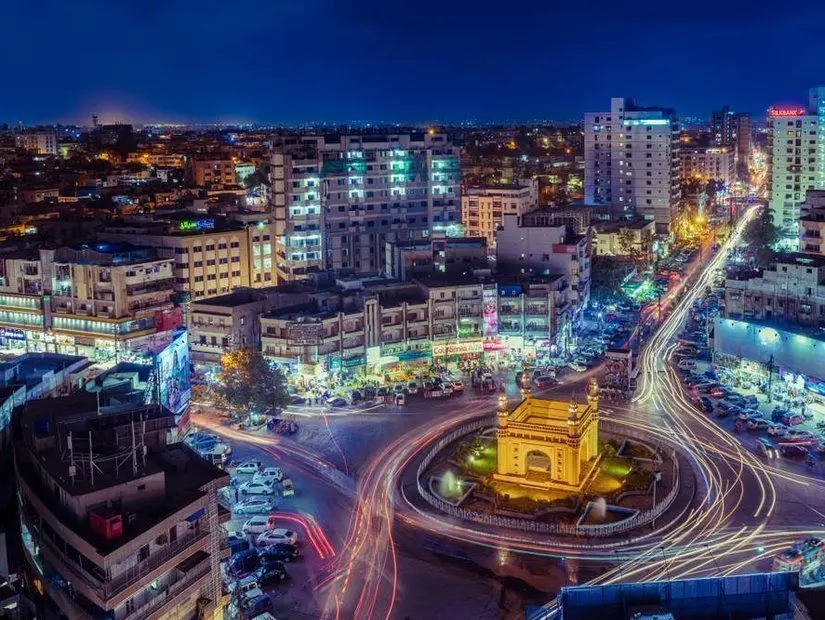 With a population of 231 million, Pakistan ranks 5th on the list of the world's most populous countries. The most important aspect of Pakistan's population density for the country is its young average age. The population is so young that the average age is approximately 22. However, unfortunately, the country's poverty problem causes difficulties in keeping young people in the country.
With a population of 231 million, Pakistan ranks 5th on the list of the world's most populous countries. The most important aspect of Pakistan's population density for the country is its young average age. The population is so young that the average age is approximately 22. However, unfortunately, the country's poverty problem causes difficulties in keeping young people in the country.
6- Brazil (Population 215,691,750)
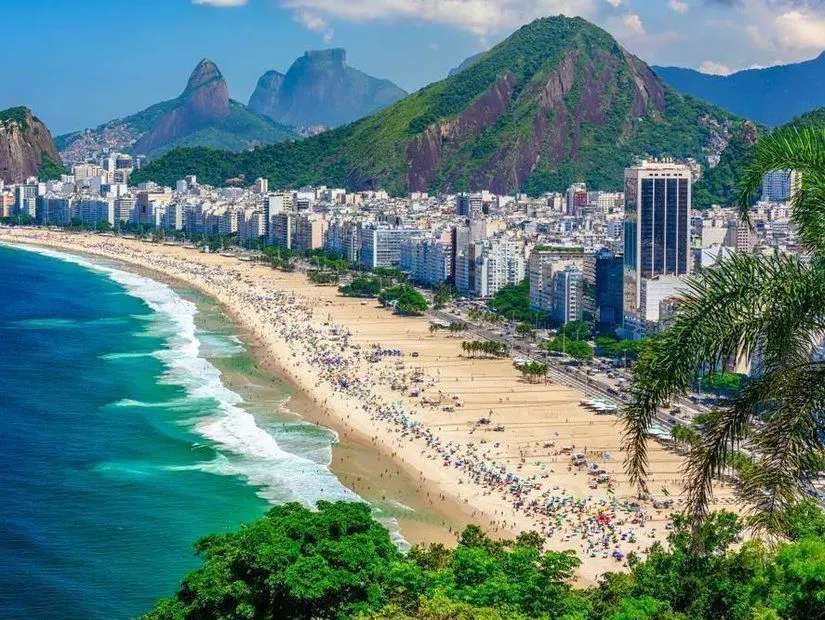 The population density of Brazil, the largest country in the South American continent, is high enough to suit its surface area. The most popular city in the country, where 215 million people live, is Rio de Janeiro, which cannot be mentioned without the word carnival.
The population density of Brazil, the largest country in the South American continent, is high enough to suit its surface area. The most popular city in the country, where 215 million people live, is Rio de Janeiro, which cannot be mentioned without the word carnival.
In fact, I'm sure many of us think that the capital of Brazil is Rio de Janeiro, but the capital of the country is actually Brasilia. Of course, this city, which is included in the Cultural Heritage List by UNESCO, does not have the popularity of Rio de Janeiro. That's why the capital is the 3rd most populous city in the country. The most populous city is Sao Paulo.
7- Nigeria (Population 213,401,323)
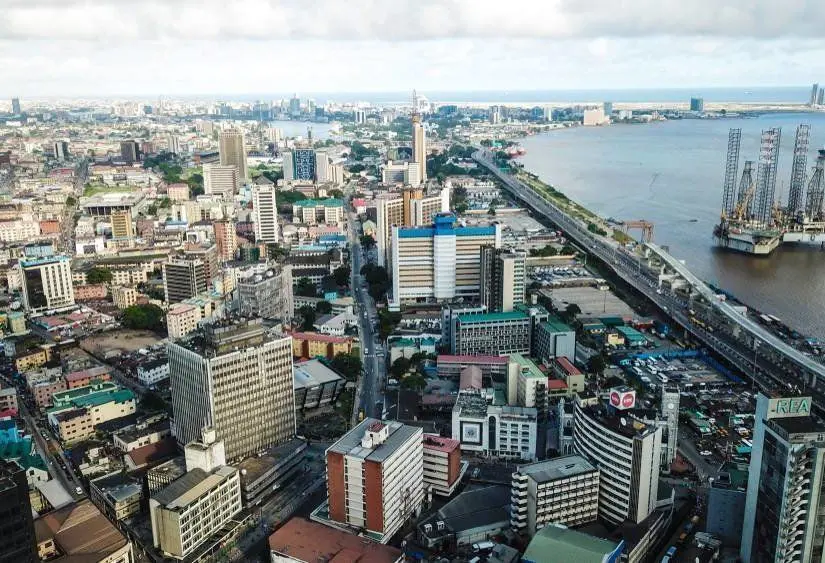 Nigeria, the most populous country on the African continent, ranks 7th in the world with a population of 213 million people. Like Pakistan, Nigeria's population is quite young. It is stated that the majority of the population is under the age of 24. There are two important reasons for the young population. The first of these is the low average life expectancy in the country. According to data from the World Health Organization, men in Nigeria live on average up to 53 years of age, while the average life expectancy of women is 56 years.
Nigeria, the most populous country on the African continent, ranks 7th in the world with a population of 213 million people. Like Pakistan, Nigeria's population is quite young. It is stated that the majority of the population is under the age of 24. There are two important reasons for the young population. The first of these is the low average life expectancy in the country. According to data from the World Health Organization, men in Nigeria live on average up to 53 years of age, while the average life expectancy of women is 56 years.
8- Bangladesh (Population 165,158,616)
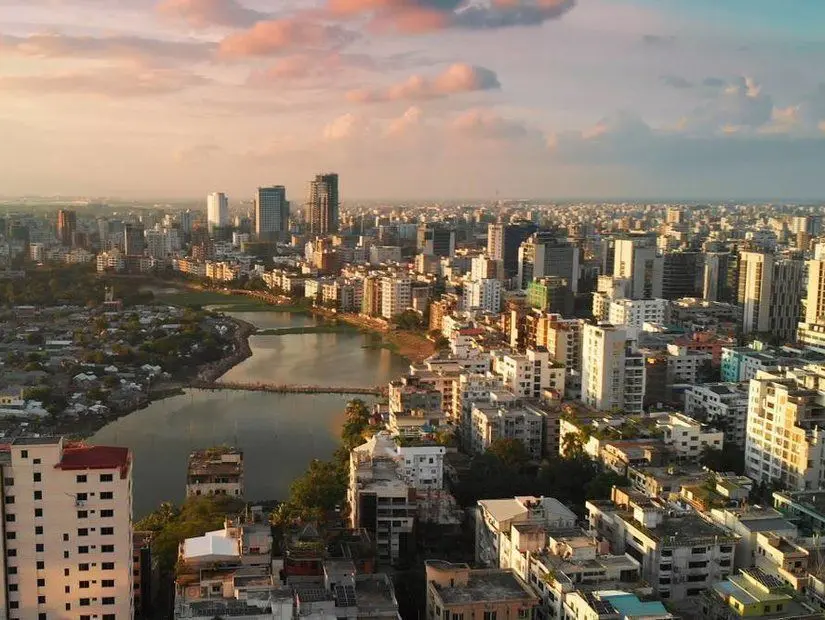 With a population of 165 million, Bangladesh ranks 8th on the list of the world's most populous countries. When Bangladesh's population density is compared to its surface area, it appears that it is one of the countries with the highest number of people per square kilometer. Just as the area of the country is not directly proportional to the population density, poverty is also a very important problem.
With a population of 165 million, Bangladesh ranks 8th on the list of the world's most populous countries. When Bangladesh's population density is compared to its surface area, it appears that it is one of the countries with the highest number of people per square kilometer. Just as the area of the country is not directly proportional to the population density, poverty is also a very important problem.
However, the Bangladesh government is working to reduce the poverty rate by receiving international aid for economic development policies. It strives to ensure improvements, especially in maternal and child health, food safety and combating diseases. Particularly successful work is being done on food security, and the country can now produce enough food for its entire population.
9- Russia (Population 145,478,097)
 I think you would be surprised to see Russia in 9th place. Russia, the largest country in the world in terms of surface area, has a population of 145 million. Since it constitutes one-eighth of the world's living space, it is natural to expect its population to be more dense. The reasons for the low population density include an abnormally high death rate and a very low birth rate.
I think you would be surprised to see Russia in 9th place. Russia, the largest country in the world in terms of surface area, has a population of 145 million. Since it constitutes one-eighth of the world's living space, it is natural to expect its population to be more dense. The reasons for the low population density include an abnormally high death rate and a very low birth rate.
10- Mexico (Population 127,996,051)
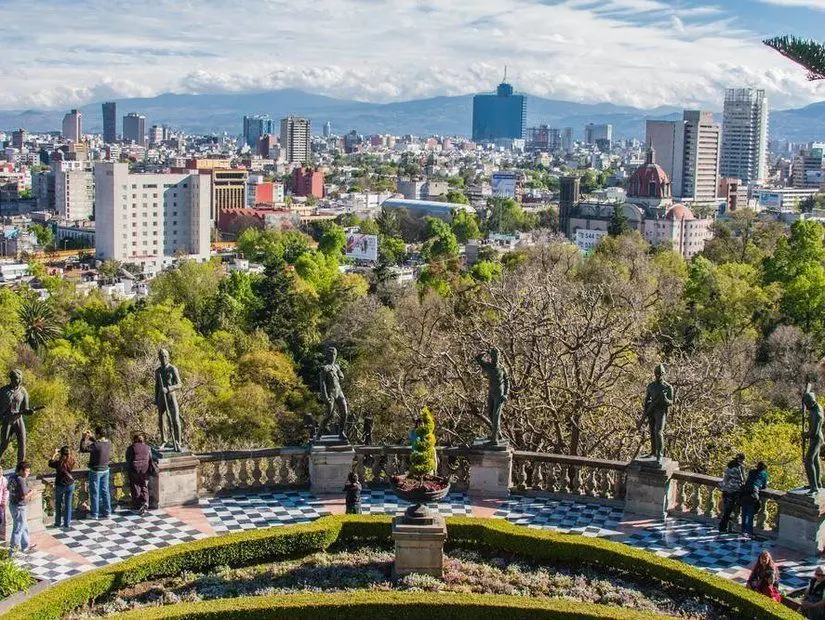 Mexico ranks 10th with a population of 127 million people. Mexico, which had a population of around 13 million in the 1900s, followed important policies to increase its population over the years. Population density has reached its current state thanks to efforts to reduce newborn mortality rates, increase the birth rate and extend average life expectancy.
Mexico ranks 10th with a population of 127 million people. Mexico, which had a population of around 13 million in the 1900s, followed important policies to increase its population over the years. Population density has reached its current state thanks to efforts to reduce newborn mortality rates, increase the birth rate and extend average life expectancy.
In the country, which has a young population density, the birth rate is quite high and the death rate is quite low. The average life expectancy of women in the country is 78 years, and that of men is 72 years.
11- Japan (Population 125,070,000)
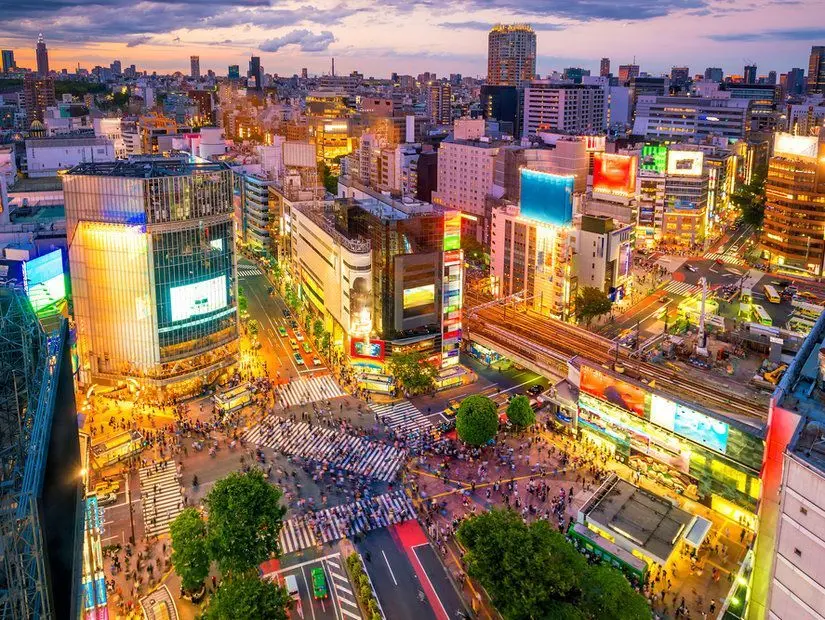 With a population of 125 million, Japan is the 11th most populous country in the world, following Mexico. It is known that 98% of this population is Japanese. Japan is an island country in East Asia and is the second most populous island country in the world, after Indonesia. Tokyo, the capital of the country, ranks first in the list of the world's most populous cities .
With a population of 125 million, Japan is the 11th most populous country in the world, following Mexico. It is known that 98% of this population is Japanese. Japan is an island country in East Asia and is the second most populous island country in the world, after Indonesia. Tokyo, the capital of the country, ranks first in the list of the world's most populous cities .
Tokyo is followed by cities such as Yokohama and Osaka. The country's average age is as high as 48.4. And while 92% of the population lives in big cities, only 8% prefers to live in villages or rural areas. In the country, which has implemented population policies aimed at decreasing and then increasing the population from time to time over the years, the population number has finally decreased.
12- Ethiopia (Population 117,876,000)
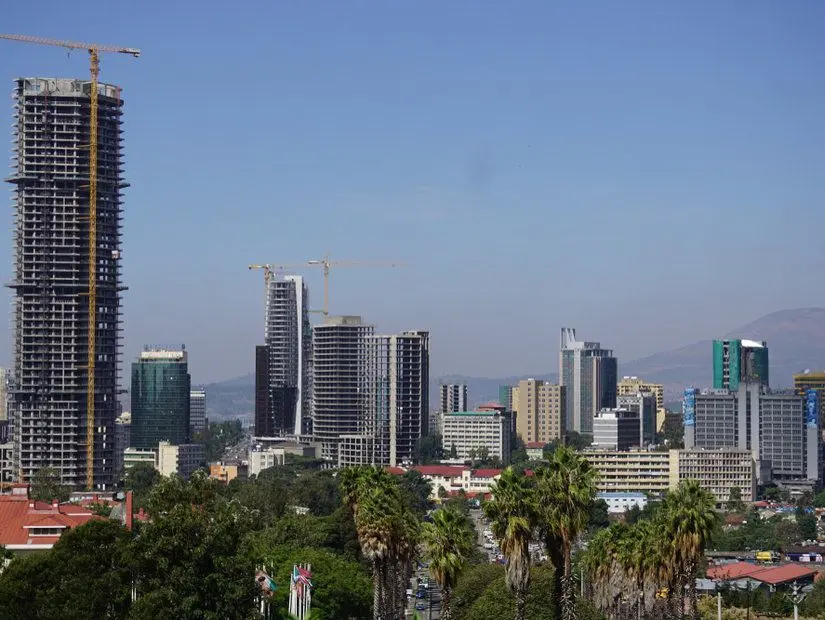 Ethiopia, officially known as the Federal Democratic Republic of Ethiopia, ranks 12th among the world's most populous cities with a population of 117 million. Ethiopia, the most populous country in the Horn of Africa, has a population growth rate above the world average. Addis Ababa is the capital of the country and the capital is also both the most populous and the most developed city. Despite its dense population, Ethiopia has the best economy among African countries after Nigeria.
Ethiopia, officially known as the Federal Democratic Republic of Ethiopia, ranks 12th among the world's most populous cities with a population of 117 million. Ethiopia, the most populous country in the Horn of Africa, has a population growth rate above the world average. Addis Ababa is the capital of the country and the capital is also both the most populous and the most developed city. Despite its dense population, Ethiopia has the best economy among African countries after Nigeria.
13- Philippines (Population 111,706,745)
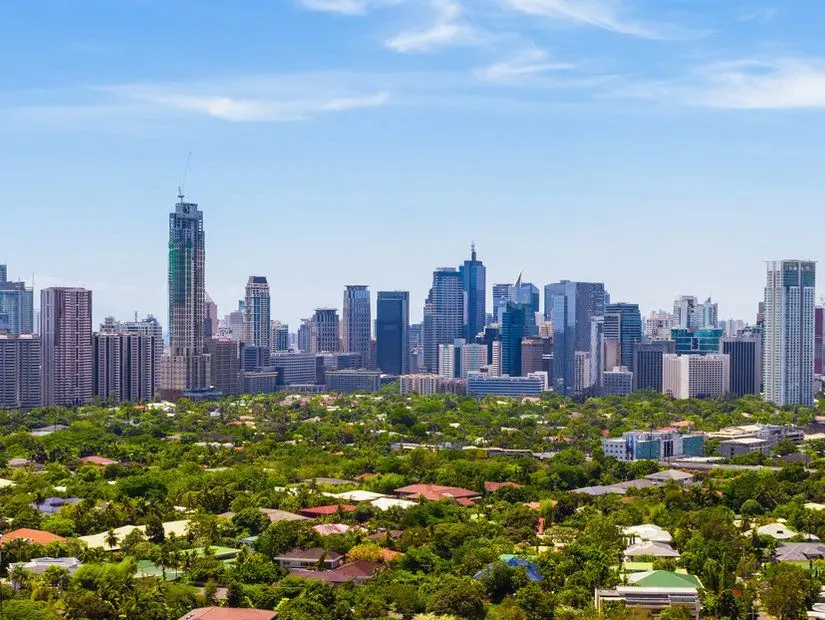 The Philippines is next with a population of 111 million. Manila is the capital and also the most developed city of the country, which consists of 7,641 islands of all sizes. Since the population growth rate is quite high throughout the country, a policy to reduce the population has been implemented for about 60 years. According to estimates by the Philippine Population Institute and the United Nations Population Fund, more than 200 thousand babies will be born in the Philippines this year, in addition to the planned ones.
The Philippines is next with a population of 111 million. Manila is the capital and also the most developed city of the country, which consists of 7,641 islands of all sizes. Since the population growth rate is quite high throughout the country, a policy to reduce the population has been implemented for about 60 years. According to estimates by the Philippine Population Institute and the United Nations Population Fund, more than 200 thousand babies will be born in the Philippines this year, in addition to the planned ones.
14- Egypt (Population 104,303,100)
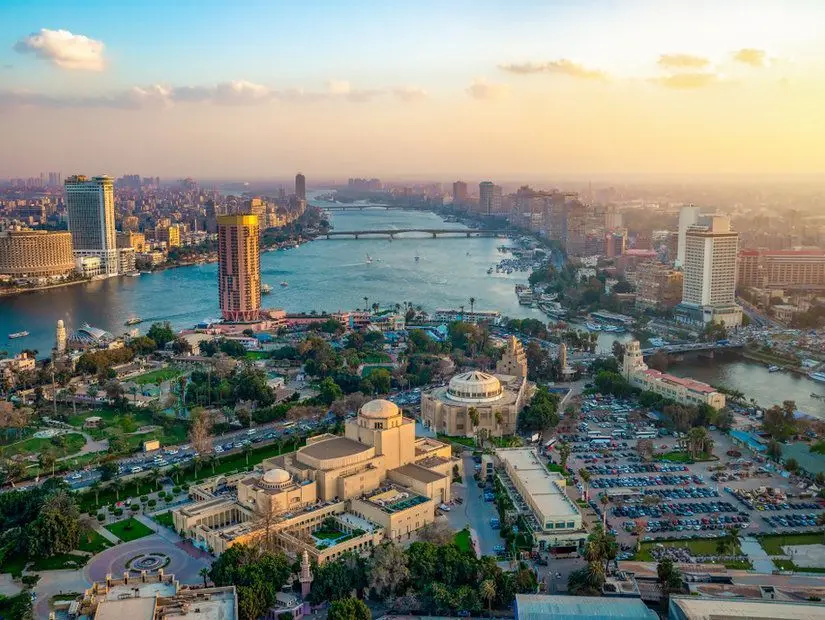 With a population of 104 million, Egypt is the largest country in North Africa. The capital of the country is Cairo and more than 19 million people live in the capital. When looked at throughout the country, it is seen that the population is mostly concentrated along the Nile River. The fact that it increased by 7 million after the census in 2017 and exceeded 100 million has prompted the country to take action to reduce the population. During the period between 1960 and 2020, the country's population tripled and the average economic growth was 2.8 per year.
With a population of 104 million, Egypt is the largest country in North Africa. The capital of the country is Cairo and more than 19 million people live in the capital. When looked at throughout the country, it is seen that the population is mostly concentrated along the Nile River. The fact that it increased by 7 million after the census in 2017 and exceeded 100 million has prompted the country to take action to reduce the population. During the period between 1960 and 2020, the country's population tripled and the average economic growth was 2.8 per year.
15- Vietnam (Population 97,468,029)
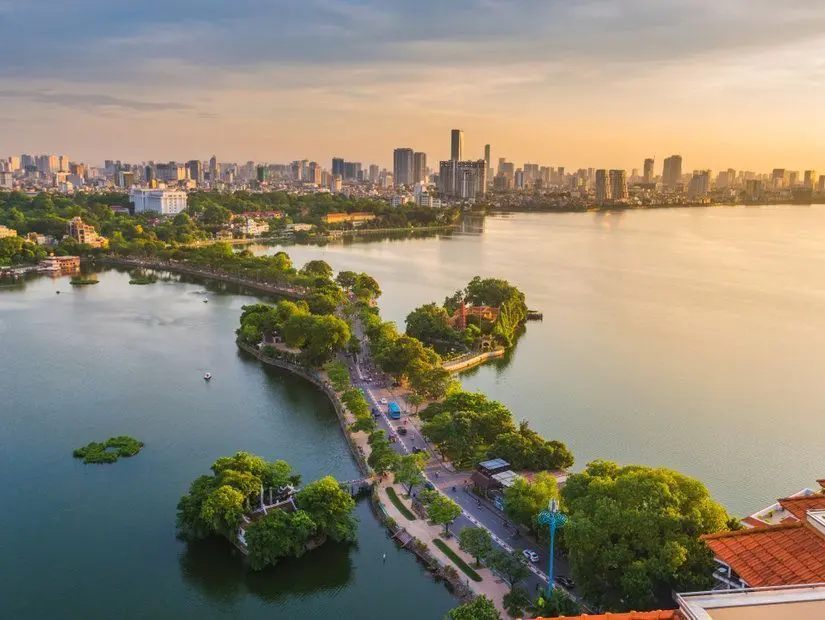 Vietnam ranks fifteenth with a population of over 97 million. The capital city of Vietnam is Hanoi, and the cities with the highest population density include Hanoi, Da Nang and Ho Chi Minh. Hanoi, the capital of the country, is the second most populous city after Ho Chi Minh City, with a population of 9 million. 67% of the country's population consists of people aged 15-64. Since Vietnam's surface area is not very large, the population density is quite high throughout the country, especially in big cities.
Vietnam ranks fifteenth with a population of over 97 million. The capital city of Vietnam is Hanoi, and the cities with the highest population density include Hanoi, Da Nang and Ho Chi Minh. Hanoi, the capital of the country, is the second most populous city after Ho Chi Minh City, with a population of 9 million. 67% of the country's population consists of people aged 15-64. Since Vietnam's surface area is not very large, the population density is quite high throughout the country, especially in big cities.
What other countries are among the most populous countries in the world?
When we look at the ranking, Congo, Iran and Türkiye follow the list of other populous countries. All of the countries in the 50 list are as follows:
16- Congo DC (Population 92,378,000)
17- Iran (Population 85,328,106)
18- Türkiye (Population 85,279,553)
19- Germany (Population 83,129,285)
20- United Kingdom (Population 67,281,039)
21- Thailand (Population 66,772,255)
22- France (Population 64,531,444)
23- South Africa (Population 60,142,978)
24- Tanzania (Population 59,441,988)
25- Italy (Population 58,983,122)
26- Myanmar (Population 53,798,084)
27- Kenya (Population 53,005,614)
28- South Korea (Population 51,830,139)
29- Colombia (Population 51,516,562)
30- Spain (Population 47,486,935)
31- Argentina (Population 47,327,407)
32- Sudan (Population 45,657,202)
33- Algeria (Population 44,177,969)
34- Uganda (Population 42,885,900)
35- Iraq (Population 41,190,700)
36- Ukraine (Population 41,130,432)
37- Afghanistan (Population 40,099,462)
38- Canada (Population 38,638,186)
39- Poland (Population 38,116,000)
40- Morocco (Population 36,562,570)
41- Saudi Arabia (Population 35,950,396)
42- Uzbekistan (Population 35,464,600)
43- Peru (Population 33,035,304)
44- Angola (Population 34,503,774)
45- Malaysia (Population 32,707,200)
46- Yemen (Population 32,981,641)
47- Mozambique (Population 32,077,072)
48- Ghana (Population 30,832,019)
49- Nepal (Population 30,034,989)
50- Madagascar (Population 28,915,653)
















































